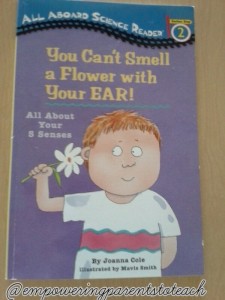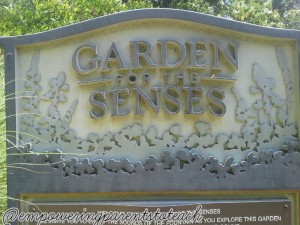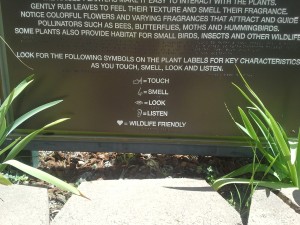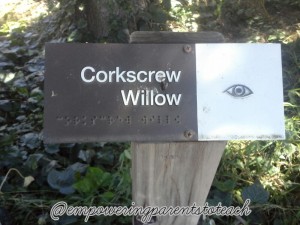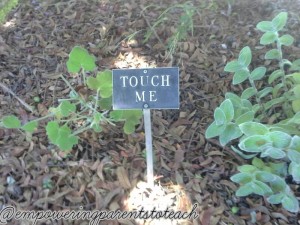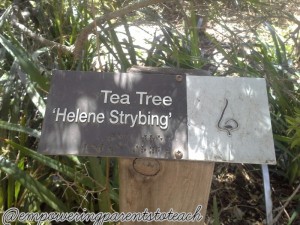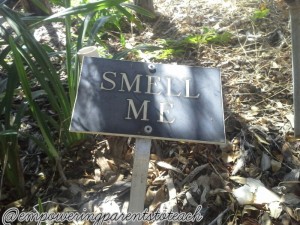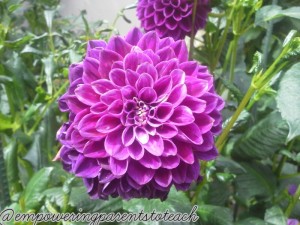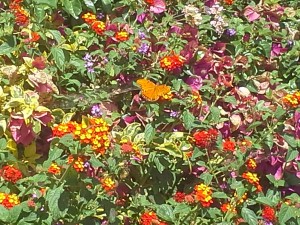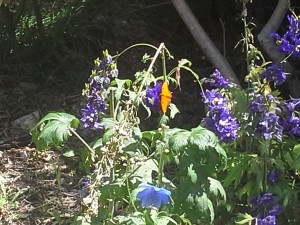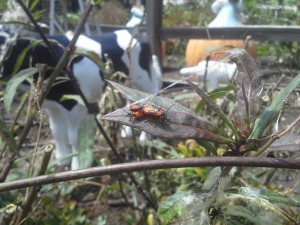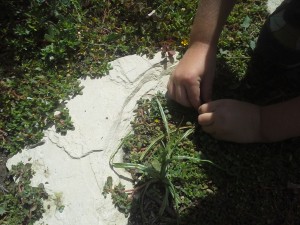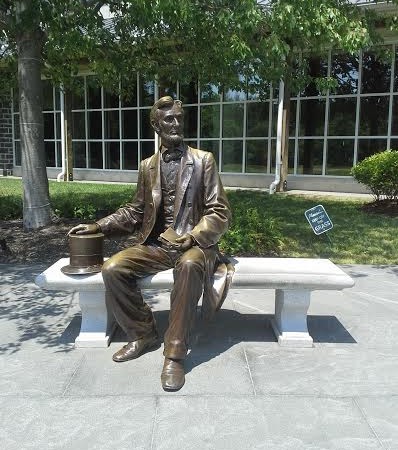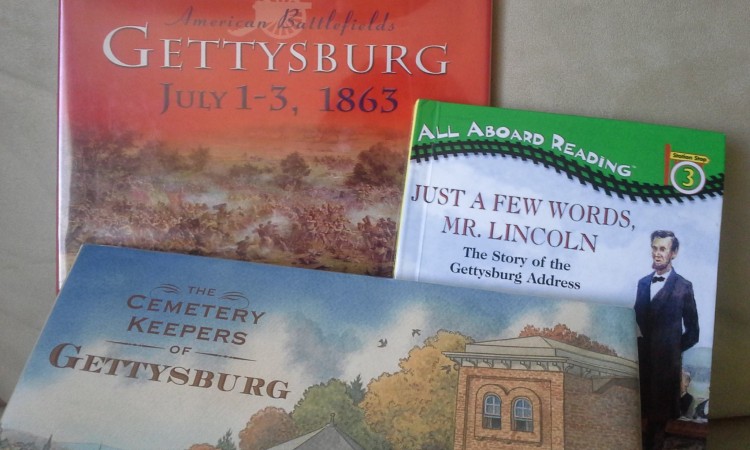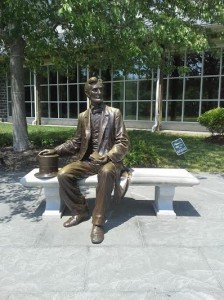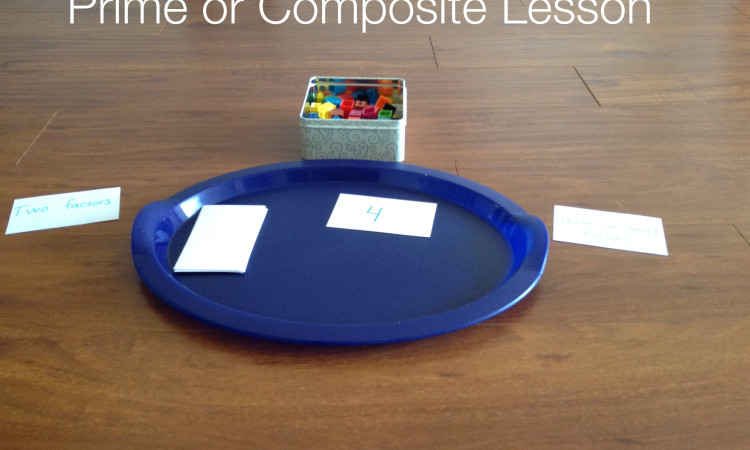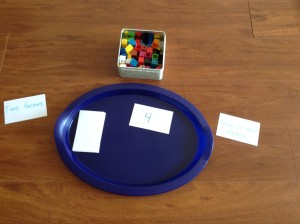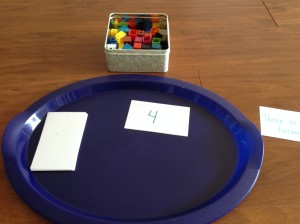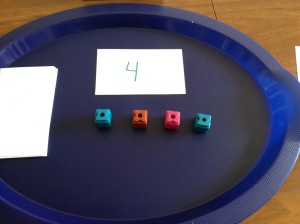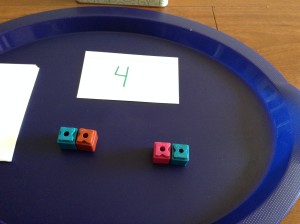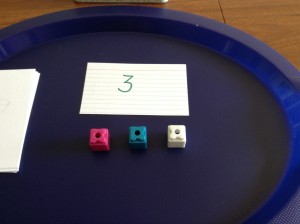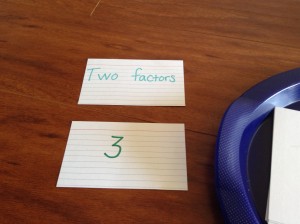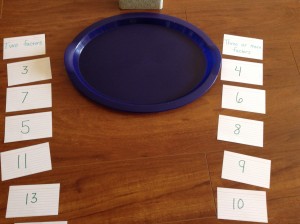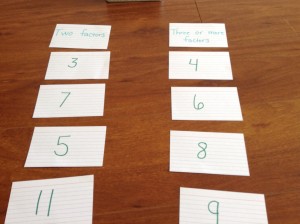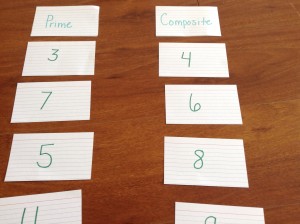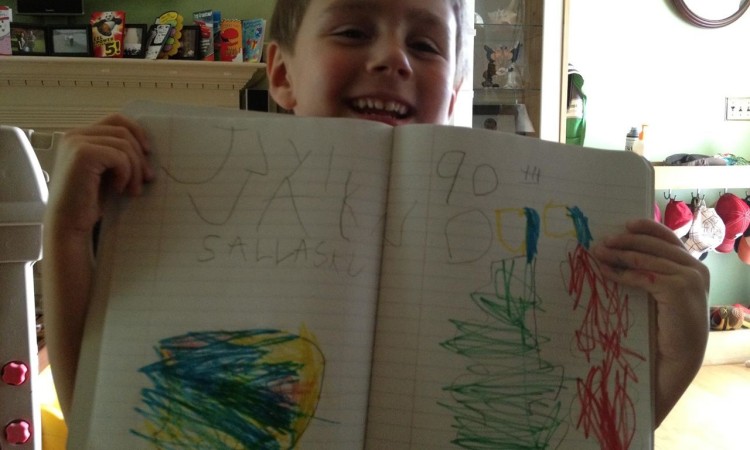Are you thinking of visiting Gettysburg National Military Park for a family trip or part of your home school curriculum? We learned so much by being there, I’m glad we made the trip. Traveling from the Philadelphia area, Gettysburg was about a 2.5- 3 hour drive for us. Since we only made it a day trip we had to pick and choose what landmarks to see. There is definitely a lot to see and do there; you can easily spend two to three days exploring Gettysburg. Today, I will share the things we did and saw when we visited!
Movie at the Information Center
When we first got the park, we stopped at the Visitor’s Center. Here you can purchase tickets for a bus tour, see a movie, walk through the small museum, and get information on their Junior Ranger Program. We did not do a bus tour, because my sister was with us. She was our expert! We did our own thing, using the map to guide our travels. We did see the movie at the visitor’s center. Doing this first helped us understand some of what we were about to see, such as the Little Round Top and Devil’s Den.
Junior Ranger Program– “Enlist in the Army”
Next on our list was the Junior Ranger Program’s “Enlist in the Army”. The kids actually signed a piece of paper to “enlist” in the Army and train as a Union soldier. The Captain (a park ranger) led them through what to expect in the Army, each article of clothing they had to wear, and how to load their rifle. Only one child actually wore the uniform as a demonstration, but they all got to see it. At the very end was when the Captain taught the troops how to load their rifle. Much to my nine year old’s displeasure it was not a real rifle. After that they learned how to march, turn as a group, and come together. One child carried the colors (the flag) and another was a drummer. Once they all learned their roles, the pretended to advance on Confederate troops. After their mock battle, they returned to the seats and the Captain had only a couple of kids stand symbolizing the number of the people who survived. Overall, this experience provided a great foundation for kids to understand some of the historical aspects of the battles of the Civil War and provide insight into how it might have felt to be one of the soldiers.
Sorry, I don’t have pictures of this. There were many kids there, and for privacy, I do not want to put up a picture with someone’s kid in it without their consent.
David Wills’ House
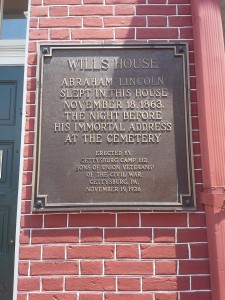
After lunch in downtown Gettysburg, we decided to visit the David Wills House. This house is famous because it is where Abraham Lincoln stayed before he gave his Gettysburg Address. It is a very small museum, but you get to walk into the room where Lincoln slept. And, according to the information found in the room, the bedspread on the bed is the actual bedspread from when we spent the night!! That’s pretty cool. A lot of the information we learned from the book, Just a Few Words, Mr. Lincoln, by Jean Fritz helped us understand the significance of the house and of the Gettysburg Address.
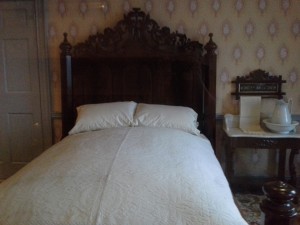
The actual bedspread from Lincoln’s stay
National Cemetery
The National Cemetery was our next stop. We took a short walk around the grounds.
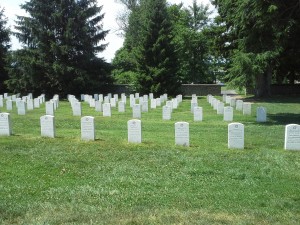
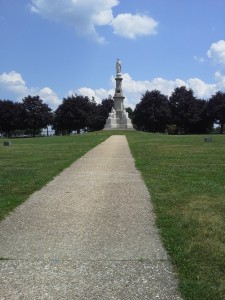
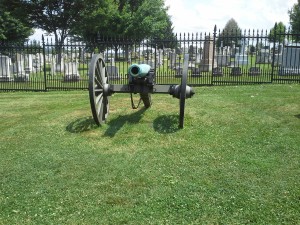
Jennie Wade House
Jennie Wade was the only civilian casualty of the Battle of Gettysburg. She was shot in her kitchen as she made bread for her family and the Union soldiers. Her house was preserved with two original artifacts still inside- one being the bread table that she standing at when she was shot. You can see bullet holes in the walls of her house, including her fatal shot. Being there, gave us a perspective on just how vulnerable she and her family were in that house and how scary it must have been to have fighting right outside your house! After Jennie died, her family decided it was too risky to be in the house and went into the cellar to hide. We actually went down into the cellar, which gave us a glimpse into what it felt like to be in the small, dark, cramped space. It reminded me of the book we read about the cemetery keeper’s family hiding in the cellar, The Cemetery Keepers of Gettysburg by Linda Oatman High. Our experience helped us relate the family hiding in the cellar, helping us better understand what we previously read.
Little Round Top & Devil’s Den
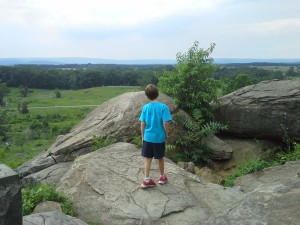
Standing on the rocks at Little Round Top
Little Round Top was a key to the Union’s victory. It’s easy to see standing high atop the hill how this position was crucial for them. It was easy for the them to spot the Confederate down at Devil’s Den.
We learned so much about the Battle of Gettysburg by visiting the park. Seeing the landmarks, battlefields, standing where the people in history stood, and watching my son’s reenactment (and him doing it!) was better than any textbook. The course of American history changed during this battle and it’s important for my son to learn the history of our country.
To see the books we read, check out this post: Books About The Battle of Gettysburg
![]()
![]()


